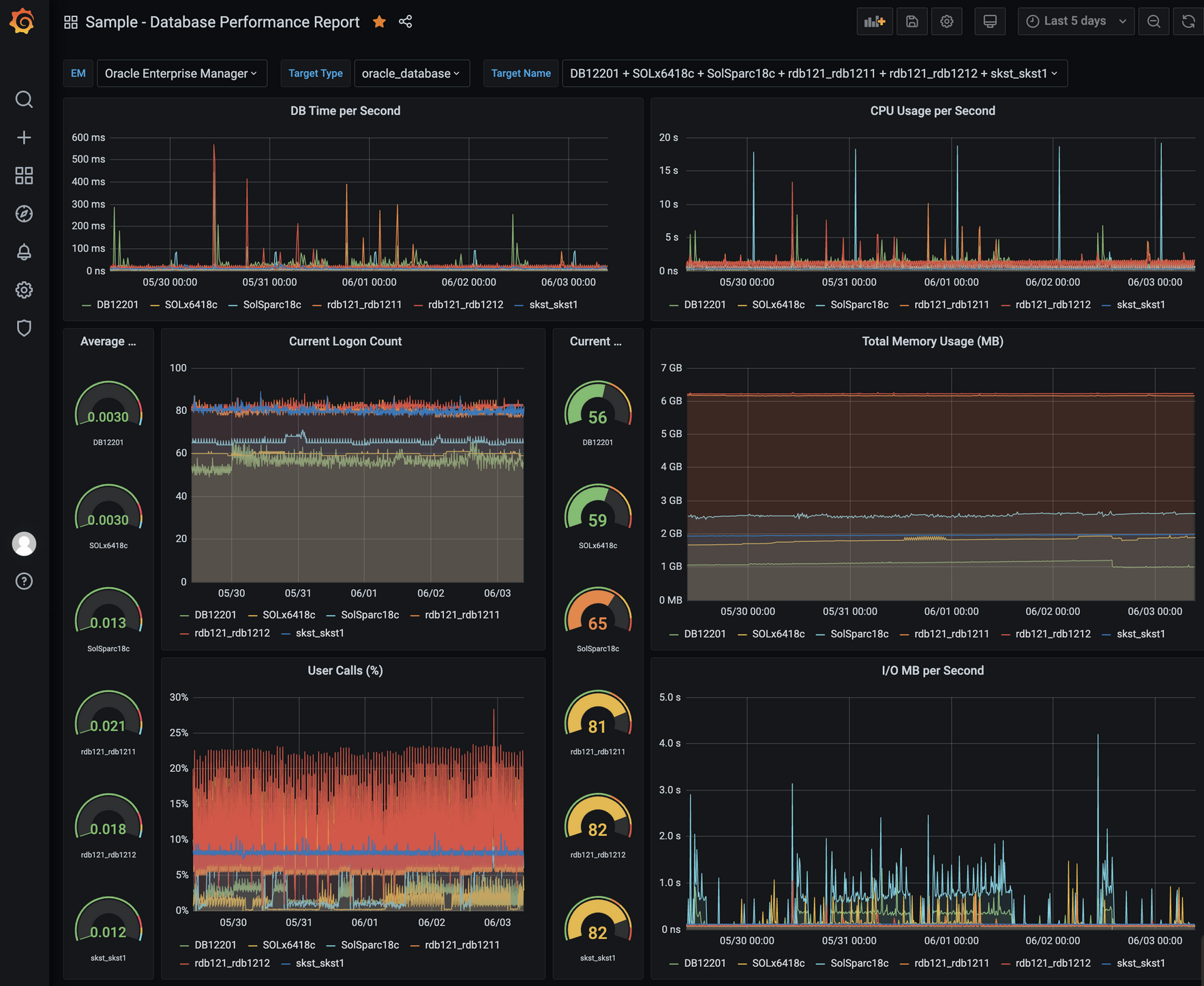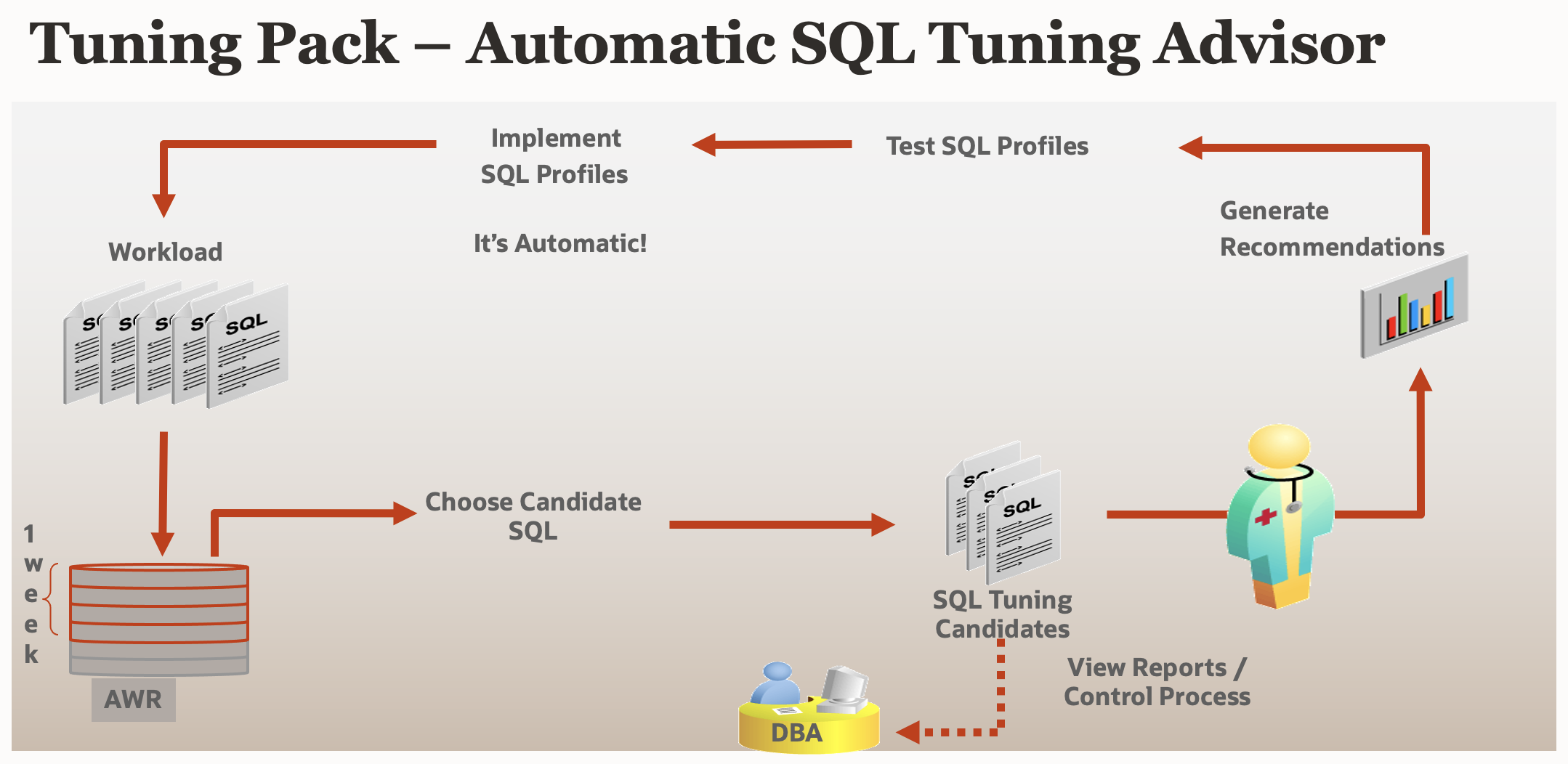Guest Author – Hossam Daoud, Application Infrastructure, Saudi Telecommunication Company
This blog highlights Saudi Telecommunication Company’s (STC) use of Oracle Enterprise Manager (EM). Mr. Hossam Daoud, Application Infrastructure Leader at STC shared his experience and some of the key benefits they are enjoying at STC.
What is STC’s business and what is your role there?
STC is one of the largest telecommunications companies in the Middle East with headquarters in Saudi Arabia. We provide voice, data, and IOT services to a broad range of customers including enterprises, wholesale businesses, and consumers. STC recently expanded into cloud services and as part of that side of our business, STC Solutions, our sister organization, delivers public cloud services to our customers. My responsibility is in the consumer sector, and we support systems that interface with customers such as CRM systems. My team is responsible for hundreds of production databases as well as a large Siebel Enterprise and Weblogic Server environment.
What technologies are supported in your environment?
We support quite a broad range of technologies spread across 1000 servers. We have two main operating systems: Sun Solaris on Sparc and Red Hat Linux. Our Oracle Database environment includes 12c and 19c databases. We are currently in the process of upgrading all of them to 19c. We use Data Guard, and we have a complete DR site for each of our production databases. We use multi tenant and most of our databases are configured as RAC two-node. Additionally, we support several non-Oracle technologies including LDAP, WebSphere, JNX servers, and proxy servers to name a few.
EM is a key component of our IT environment, and we plan to monitor 1000+ servers, including those that are not hosting Oracle services. This will provide 360-degree visibility, in EM, for our administrators across the entire application infrastructure including servers, databases, and applications.
How has STC’s adoption of EM evolved since implementation?
We initially started with EM 12c in 2015 and later, migrated to EM 13.2, growing the number of servers monitored by EM to over 300 as our environment grew. As EM 13.5 became available, we started our journey to 13.5 and today we have 150 servers on EM 13.5 with ongoing projects to onboard the rest by the end of 2023. We currently have EM running on our primary site and we are planning to deploy it on our secondary site for high availability. We have used EM the Database Diagnostics Pack and Database Tuning Pack extensively since EM 13.2 days.
In addition to EM, we use BMC infrastructure monitoring and Remedy service management. We have integration across EM and BMC which enables us to monitor databases, systems, and servers smoothly and we manage incidents with auto-resolution capabilities.
What is your experience with EM’s monthly release updates?
The EM monthly release updates process is a major enabler for our adoption of the 13.5 release. It has reduced patching and upgrade efforts. This process is also helping us access new features more easily and at a faster pace than before.
What are your favorite features?
We use EM Groups and Policies extensively. We are exploring new features constantly. The new EM Dashboards capability has lots of potential and the EM App for Grafana helped us to integrate and build custom Grafana dashboards using EM data. Administration groups, template collections, and incident rulesets helped to simplify our target organization based on different managed services teams responsible for managing and monitoring the targets.

Describe your management environment and how you have addressed your top challenges.
Our database administration team consists of 20 DBAs supporting hundreds of databases. One aspect of our job that requires advanced capabilities is the fact that we work with several managed services companies. These companies have their IT teams and need visibility into the performance and availability of our databases and servers. Clearly, in a situation like this, you must limit what each provider can see. For this, my team leverages EM’s Profiles, Groups, and Policies. Each provider has their profile, so they are only able to see their targets. Our policies ensure that each organization receives alarms and incident notifications that pertain to its systems. This has enabled us to scale our efforts while addressing the security and compliance requirements of our business.
What are the biggest benefits you are experiencing with EM?
We have been using EM for close to a decade. We have expanded its footprint and we are using it to monitor and manage a lot more than just databases, across a much broader IT landscape. Below is a summary of a few areas where we are seeing significant benefits in our conversation.
- Improved performance and availability – We have automated alerts and root-cause analysis of performance issues for database environments. The result has been a significant reduction in performance issues and downtime. This in turn has resulted in happier users, and improved business continuity management which has been noticed by our leadership.
- Efficient operations management – We are spending less time and effort on patches and upgrades with EM monthly updates. As we discussed, we have a dynamic environment with many more servers to be upgraded and patched. We couldn’t do this without EM automation. We also have great visibility into our backup jobs using backup reports. These reports assure us that our backups will serve us well when we need them. We typically review backup reports to examine how many backup jobs were completed and if there were issues encountered.
- Quick issue resolution – With the help of the EM Diagnostics Pack, we were able to quickly and efficiently identify and resolve performance issues. Advanced analytics capabilities of the pack helped us pinpoint the root cause of the problems, enabling our IT team to resolve issues using EM corrective actions.
- Access to advanced tools – Oracle Enterprise Manager’s Tuning Pack provided our DBAs with a comprehensive set of tools that enabled them to monitor the performance of our mission-critical databases in real time, identify performance bottlenecks, and optimize database performance. Using the Tuning Pack, our DBAs were able to identify slow queries and optimize them, resulting in a significant performance improvement. They also identified and fixed several configuration issues that were causing performance problems using the EM Workload Analyzer.

What advice do you have for others who are faced with similar challenges?
The pace of innovation is a challenge in our industry. One needs to strike a balance between solid stability of operations processes and the adoption of new capabilities that have the potential to transform the way you deliver your services. We are constantly reading about the new capabilities in EM and this blog platform has been a great source of information for quick introductions on what’s new and where to go for more details.
This concludes my interview with Mr. Hossam Daoud of STC. I hope this information was helpful for you. Check out our resources to learn more about EM.
Resources
Blog: Best Practices for Enterprise Manager 13c are now available.
Documentation: Enterprise Manager Cloud Control Dashboards
Documentation: Enterprise Manager 13.5 Administrative groups
Blog: Enterprise Manager 13c release 5 update
